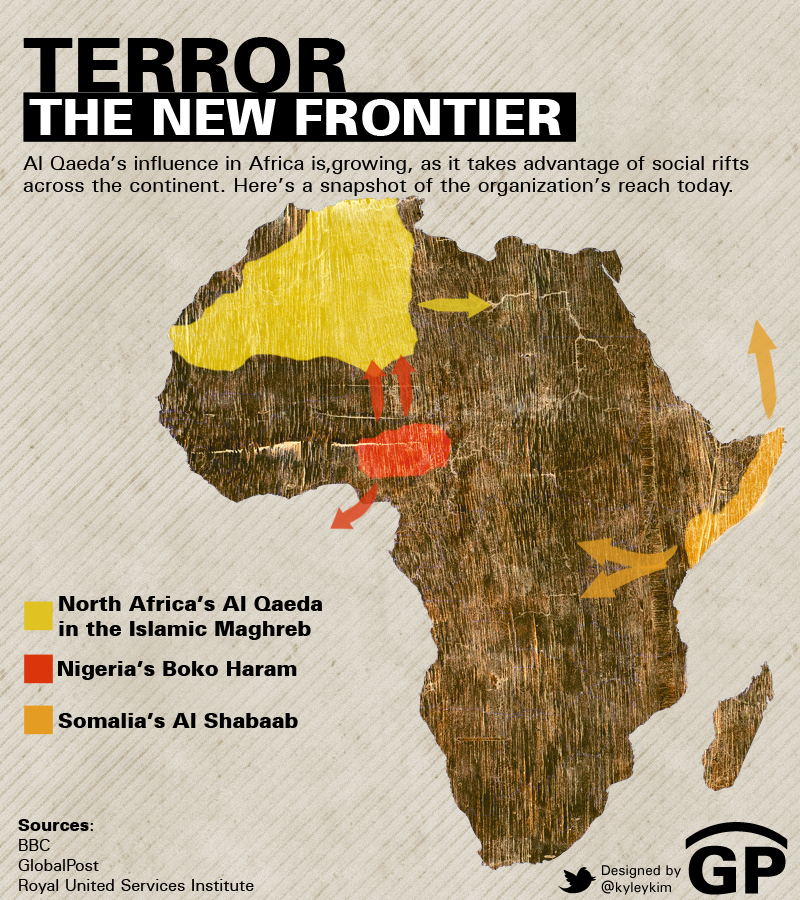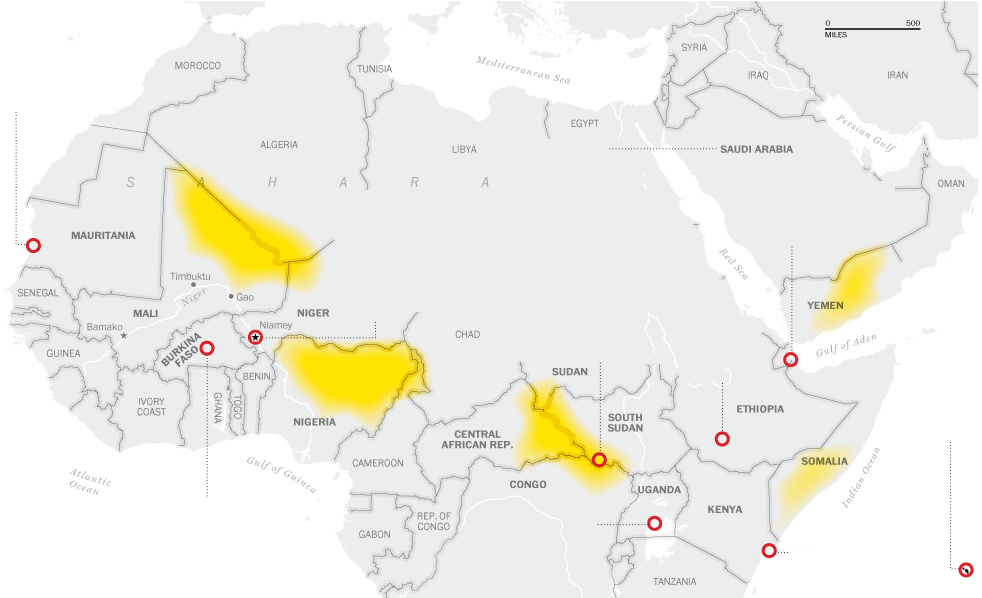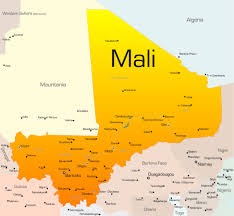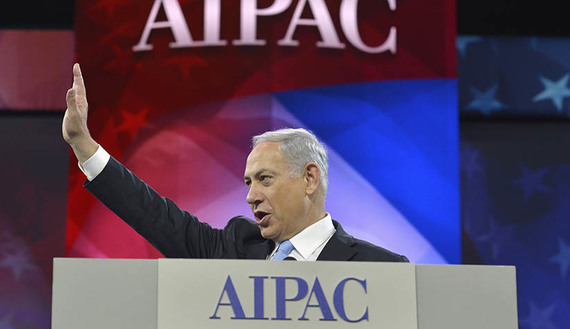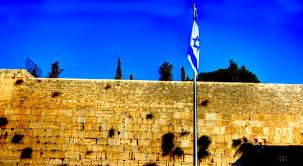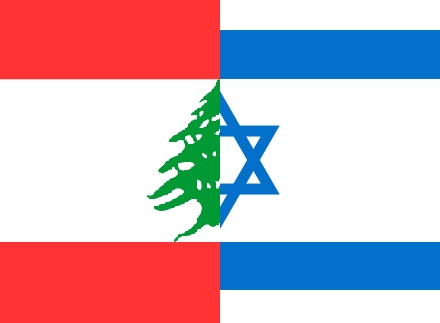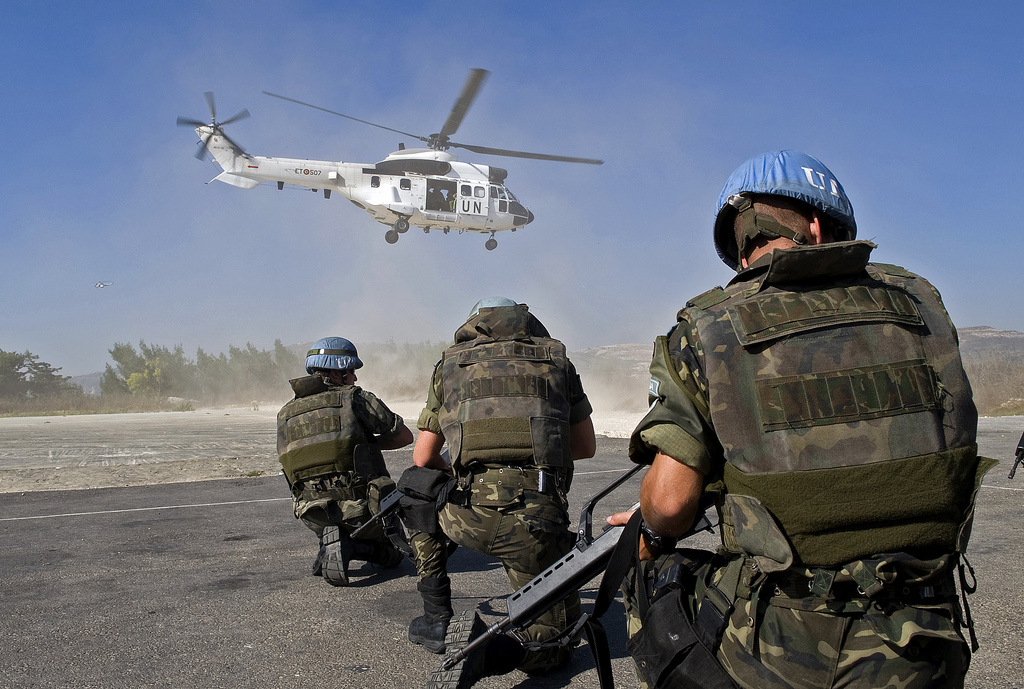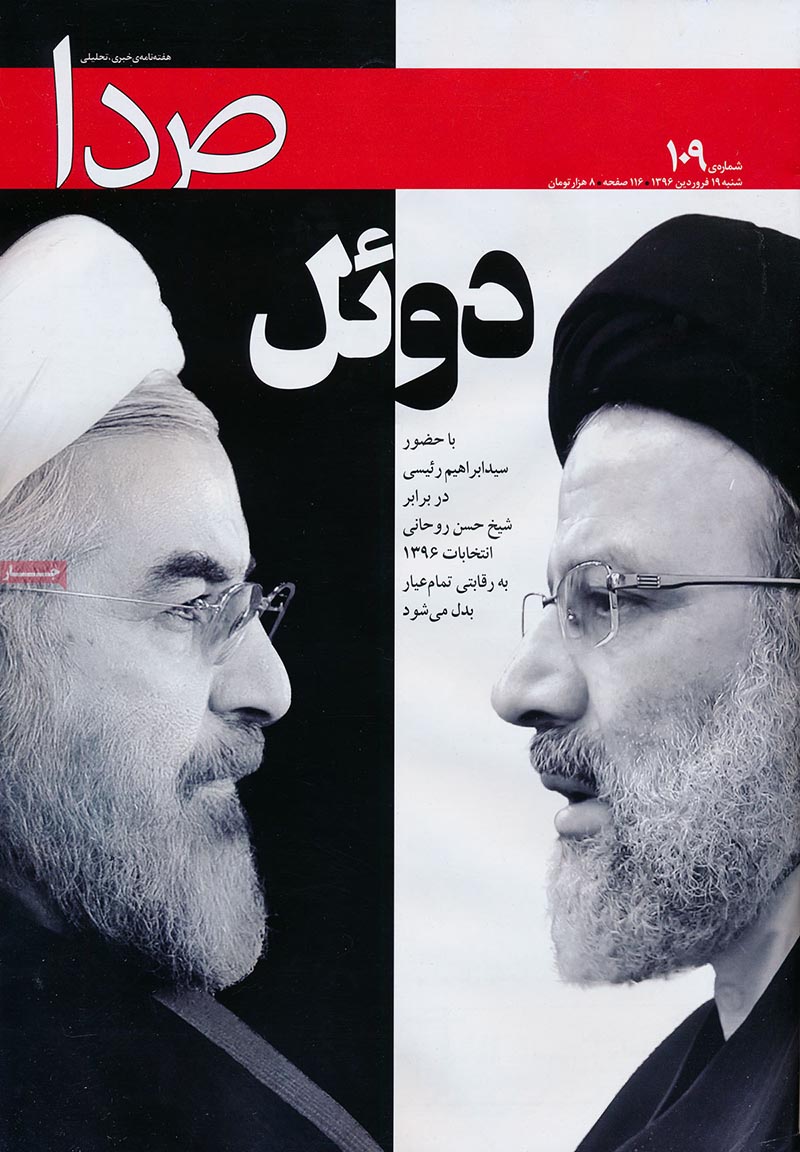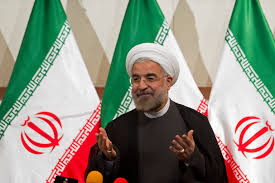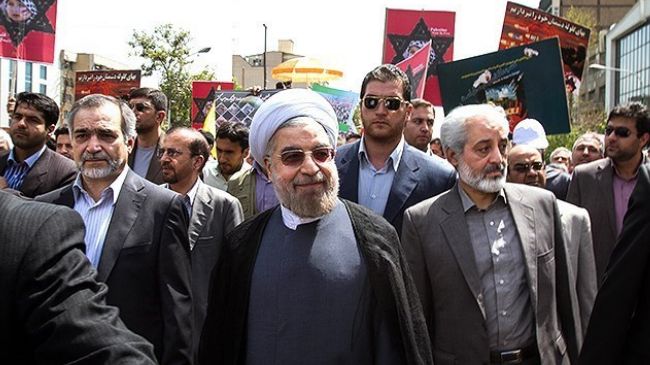It goes without saying that the regional security outlook invariably suggest that a nation shall always re-consider its approach or strategy for its own survival, especially on its foreign policy and defence conducts. This is by no means but to keep it fresh, anew and importantly to ensure its conducts are always in line with the dynamic international surrounding.
The reason why it is important to secure peace and stability in the region is because a stable regional outlook would mean a flourish economy too. This is indeed a crucial ingredient of country’s survival in the course of the world. A stable region would see countries prosper and enjoy peace dividend.
Speaking of which, what is the Asia-Pacific region security outlooks? In this article, I have listed down four major security issues that the Asian countries need to contend with.
(i) North Korea’s nuclearisation;
(ii) Territorial and maritime disputes;
(iii) China’s economic and political rise, and;
(iv) IS-threat.
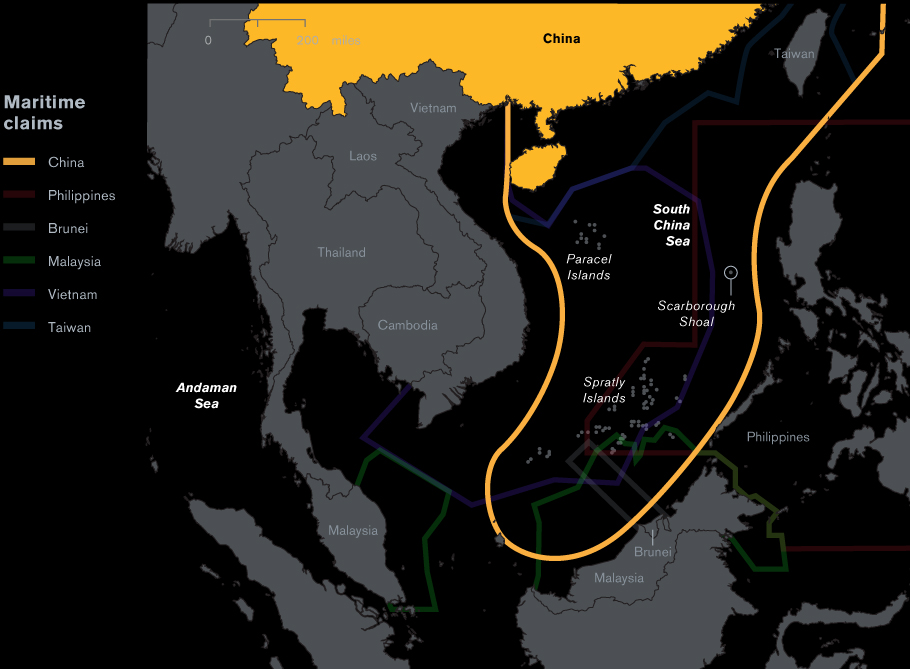
Credit : Bloomberg
Not necessarily the above-mentioned follows the order of importance, but all of these suggest a turbulent and uncharted water of international environment is the backdrop of the Asian countries.
First, the North Korea’s nuclearisation development issue. On July 4 2017, Pyongyang announced that it had launched an inter-continental ballistic missile (ICBM) which flew off 2,802 kilometres and landed in waters within Japan’s exclusive economic zone, in its latest bid of nuclear advancement. This suggests that over time, the nuclearisation development in the hermit country has been progressed exponentially. Though the world is looking at China to rein in Kim Jong Un’s regime because the former is the sole economic source of North Korea, however Beijing appears cautious in its approach with the regime.
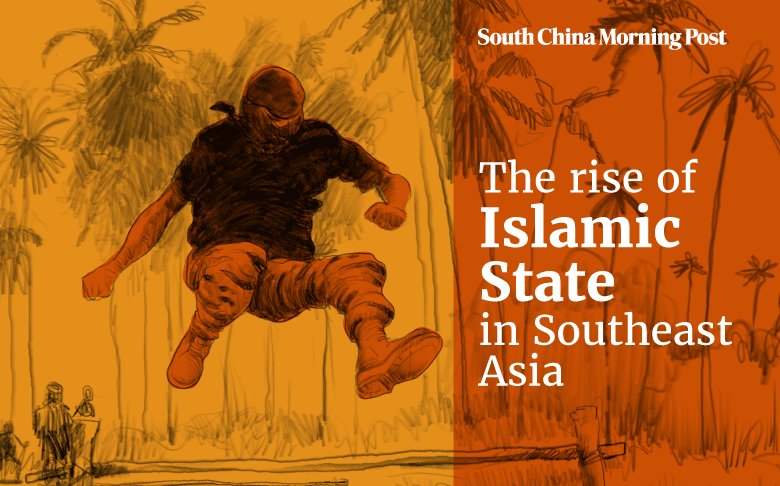
On the US’ role, on the one hand, with the recent concluded G20 meeting last weekend, even though President Trump had a the window of opportunity to meet North Korea’s prominent nemesis, namely leaders from Japan, China and South Korea, but no joint-statement condemning North Korea coming into reality. This by no means hardens the efforts to put more sanctions and pressure to hermit country. Even though the Sino-US major power relations have come on the same page, mostly on the nuclear threat, but the major powers still yet to find an effective strategy to halt the Kim Jong Un’s missile ambition.
As the issue of nuclear development in the Korean peninsula deescalates, other nations in the vicinity, particularly the Southeast Asian countries, have other issue to contend with too.
The issue is the second point of the article – the territorial and maritime disputes issue. The Southeast Asian countries need to deal with the militarised artificial islands that China has built in recent years in the South China Sea. Except that the CoC (Code of Conduct) is yet to be finalised this year, from the year of 2002 no less – which aims to set the ground-rules of how the states involve should conduct themselves in the event of unintended counter, unfortunately, is likely to favor more to the Chinese. Why? The reason being is the economic lure, no doubt. Following the Belt and Road Initiative (BRI) Forum that just concluded in May, many countries have enjoyed the lucrative economic injection from the second world economic powerhouse – China, and may have, in some parts, explain their foreign policy and defence conducts on the South China Sea issue.
With the intensified militarisation development in the artificial islands across the South China Sea, it gives the Chinese a huge leverage to control one of the busiest sea lanes in the world and surely strengthens Beijing’s control in its own backyard.
Whilst the Southeast Asian countries would meet again in their own annual summit later this year – East Asia Summit and ASEAN Regional Forum, which sees participation from major powers too (including the Chinese, amongst others), no doubt the possibility for the contradict opinions vis-a-vis South China Sea dispute amongst the ASEAN states would come into play, thanks to the influence of the major powers.
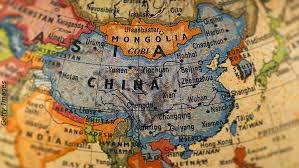
On the one hand, this might not be the same case with the East China Sea dispute (China and Japan assert claims over Senkaku/Diaoyu islands). Even though the tension started as early as 1970s, the East China Sea dispute is still looming nowadays and yet to resolve, following both countries’ claims are never to give in. However, if we were to compare to China’s strategy with the ASEAN states on the South China Sea dispute, Japan, on the contrary, is economically self-independent from China. It depends less on the latter on economic terms, which then makes the sun rising country’s approach with Beijing a little different from the ASEAN countries. Also, given the consideration that Japan is enjoying the US’ military assurance in its soil, partly countering the Chinese hegemony whilst mainly counterbalancing the North Korea’s threat – it suggests that the Japanese are pulling its balancing act amidst the China’s assertiveness.
Thirdly, on the China’s rise. On economical term, China comes second after the US and according to a new study by PriceWaterHouse Coppers, it forecasts China’s economy will surpass the US before 2030. Whilst on military spending, though China is second after the US, its relative percentage and amount’s gap is filling in. Furthermore, China’s influence across Asia, currently, is gigantic. China has come out with its grandiose planning for the world – Belt and Road Initiative (BRI) and often speak on behalf of other Asian countries, for instance Asian is for Asian – these all mean that of major power playbook. Following Beijing’s rise in economic and political-security terms, it is undeniable fact that China is weighing in for an important role in international spectrum.
However, the concern now is on China’s rise of which its engagement with other countries is the definition of its behavior. Though clouded with promising economic injection, China’s tendency to set the rules which tantamount to the might makes it right is the recent approach of China’s nowadays.
Last but not least, the IS-threat in the region especially when it is now evidently visible in the Marawi province, the Philippines. The fact remains that undoubtedly, the IS is bidding to gain foothold in the region. Though prior to this it was just a local terrorist individual/group, it seems now the group have subscribed to the ideology of ISIS. This then gives a disturbing prospect that the Asia-Pacific is now in Daesh’s cross-hairs. Whilst the Philippines is fighting hard in its soil, other nations too shouldn’t sit idly by from the IS threat.
Definitely, these four major security issues is the reflection of Asia’s security outlooks. However, the degrees to which all four issues are addressed, however, remain in line with domestic political will of the Asian countries and most importantly, are a crucial factor in determining the peace and stable regional outlooks in coming years.
Update : About the Author : The author required to remain anonymous

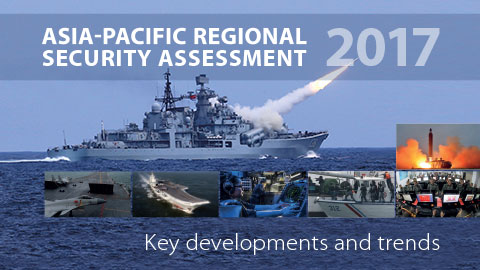
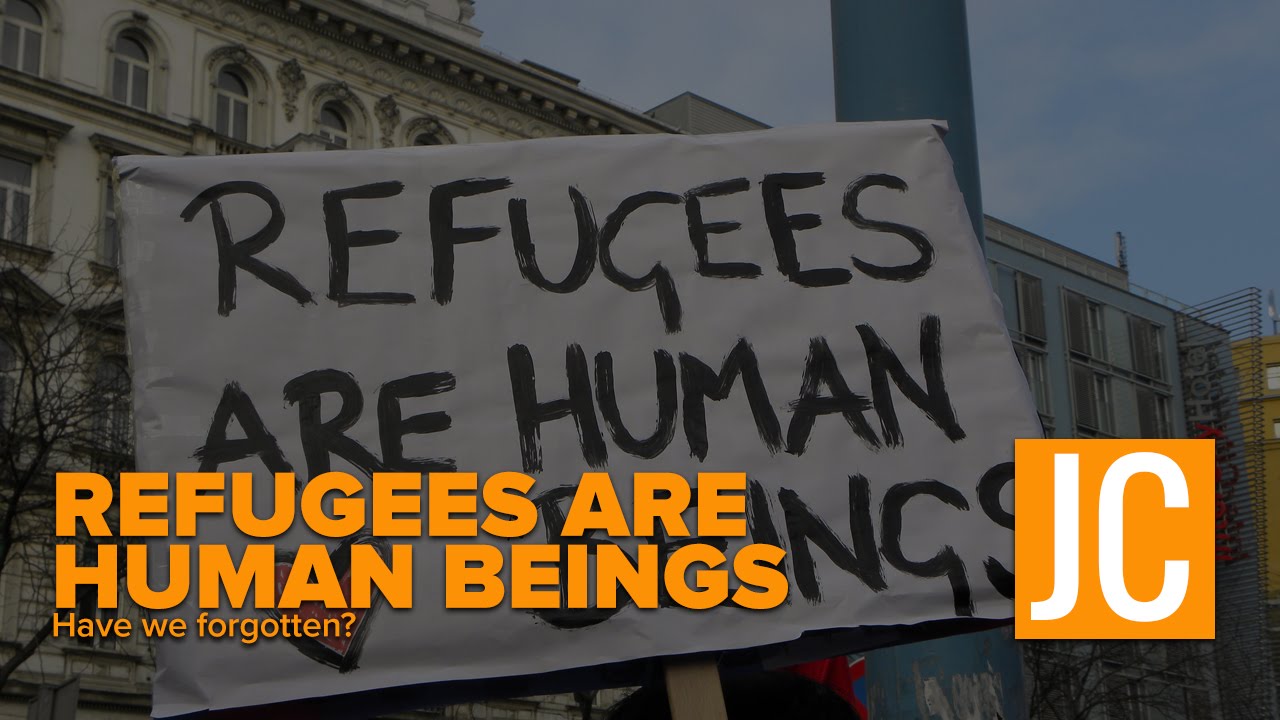

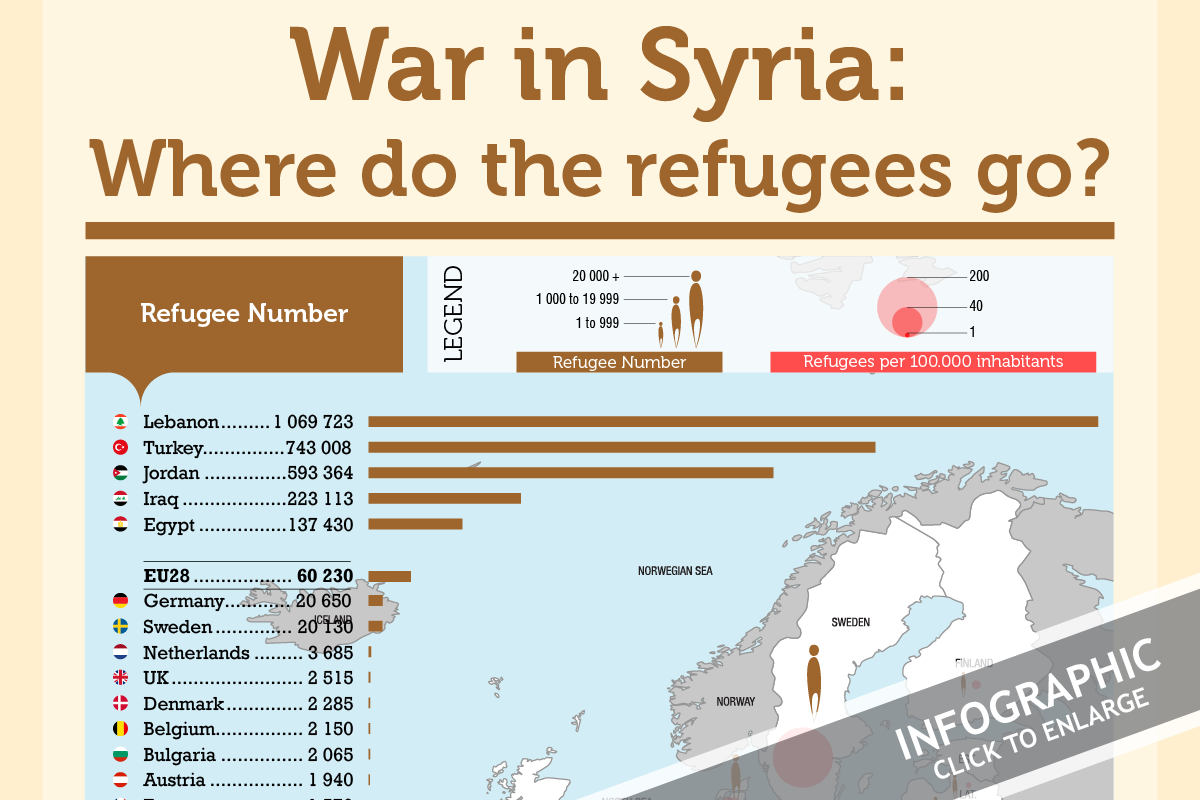

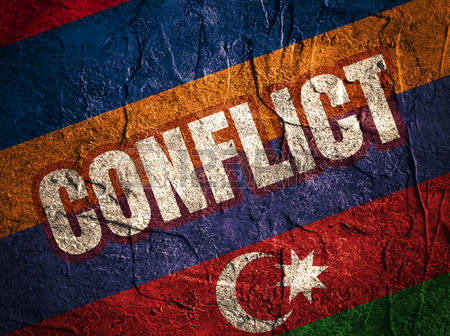
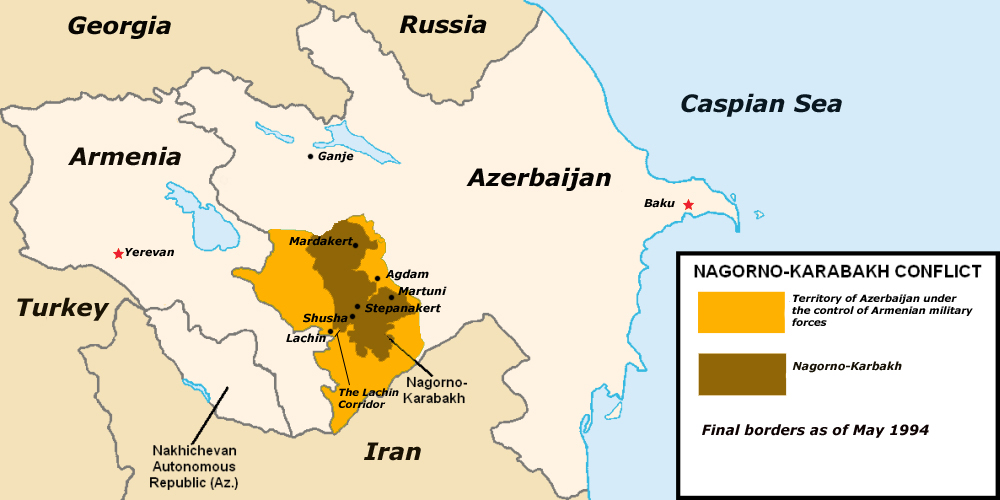
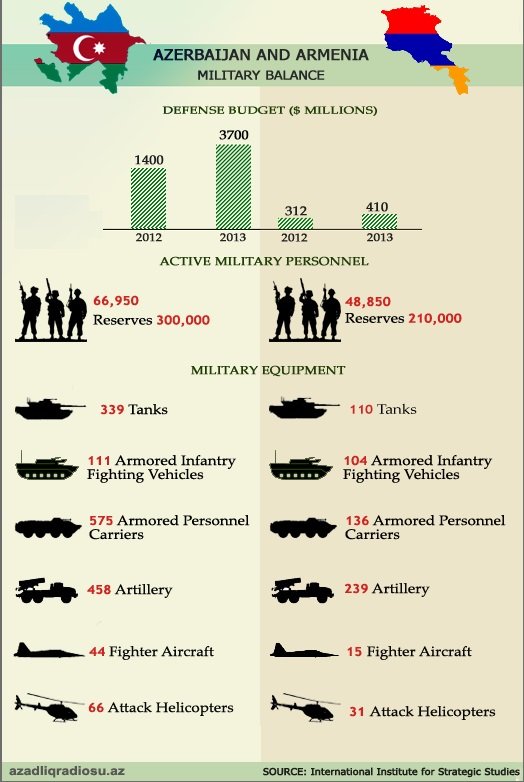
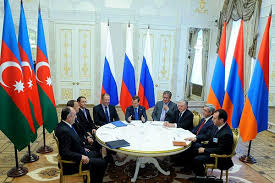
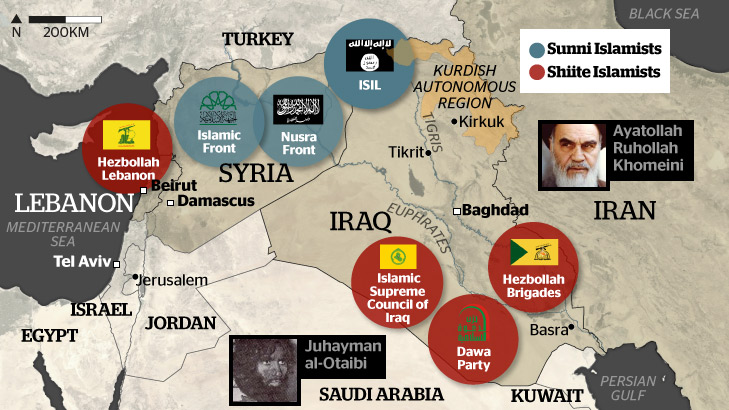
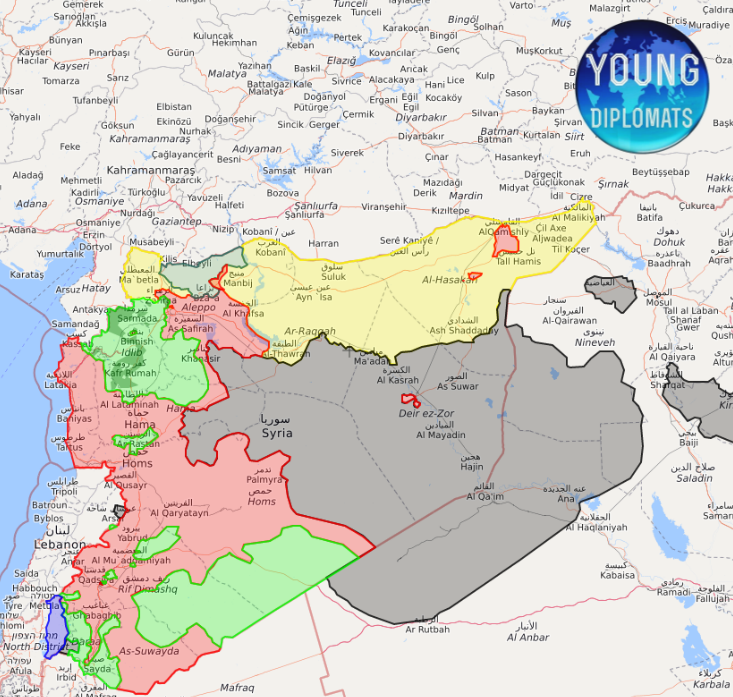
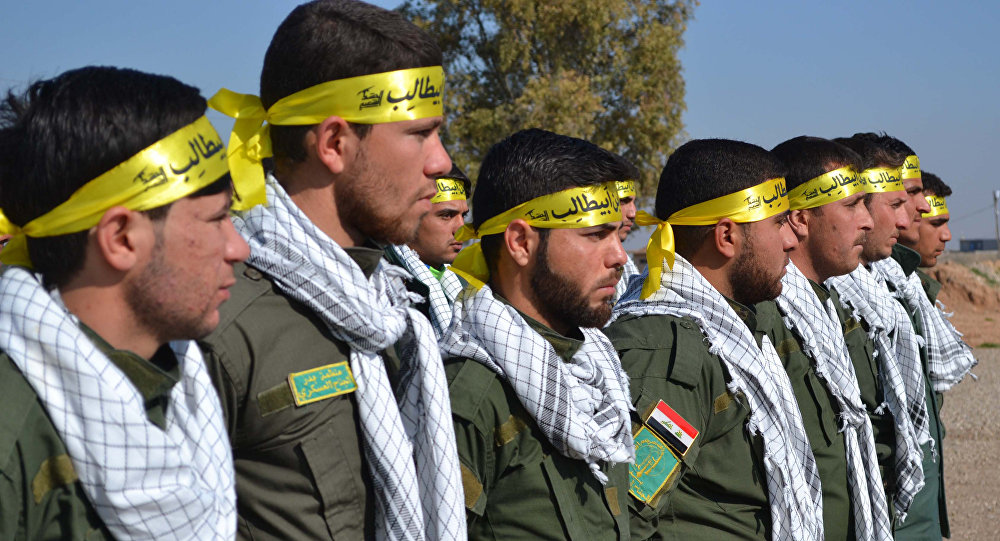

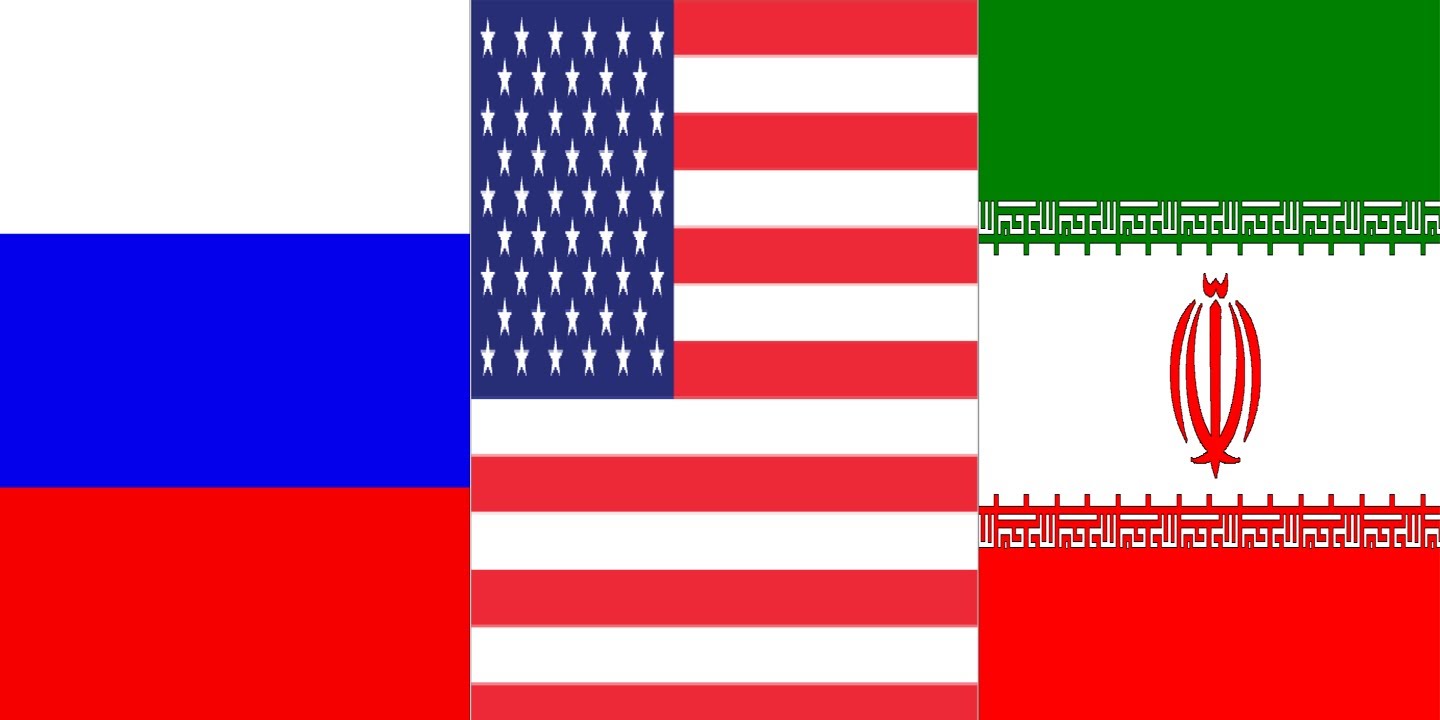
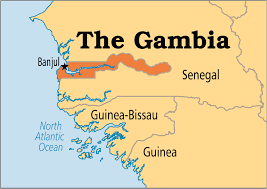

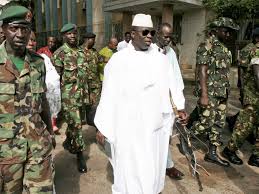
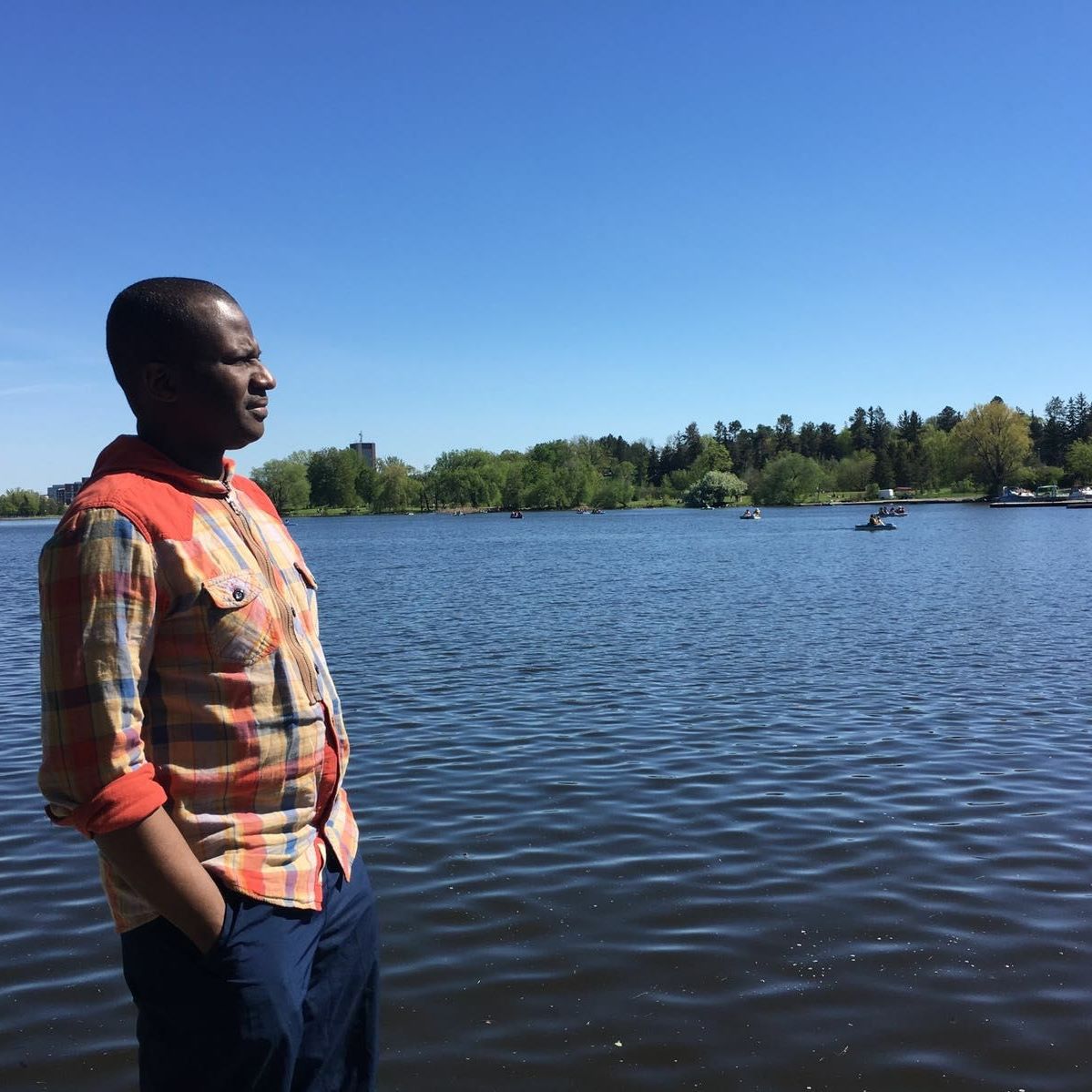
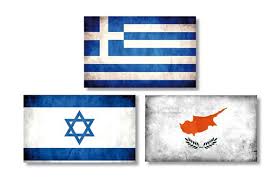
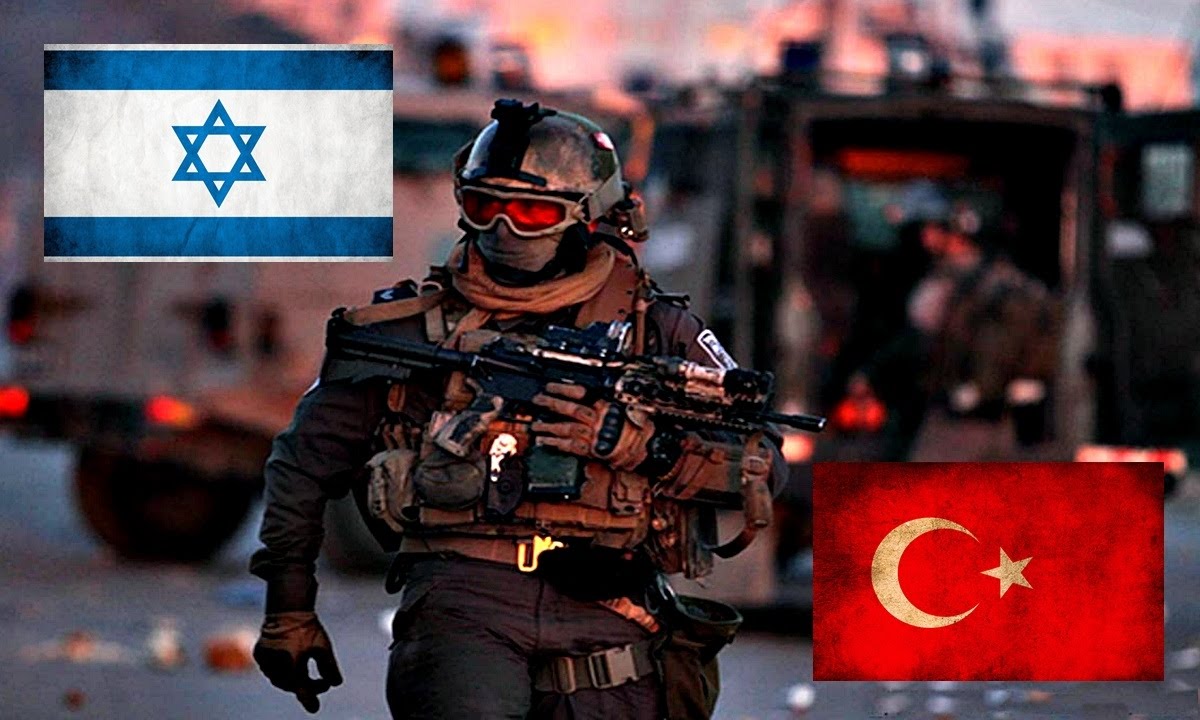
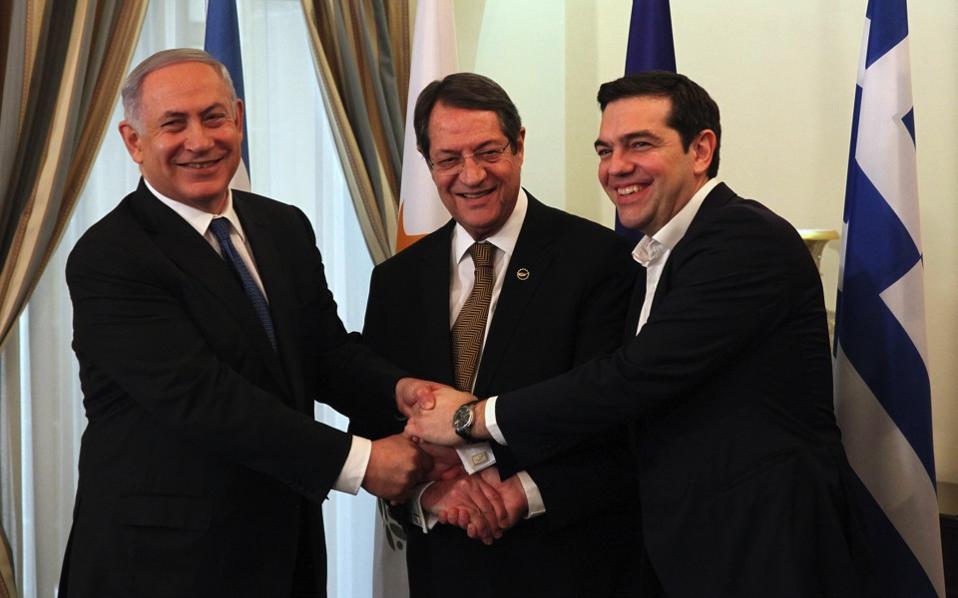 many different type of terrain for fighting.” The Cypriot Air Force even deployed anti-aircraft systems to simulate a real threat to the IAF helicopters.
many different type of terrain for fighting.” The Cypriot Air Force even deployed anti-aircraft systems to simulate a real threat to the IAF helicopters.